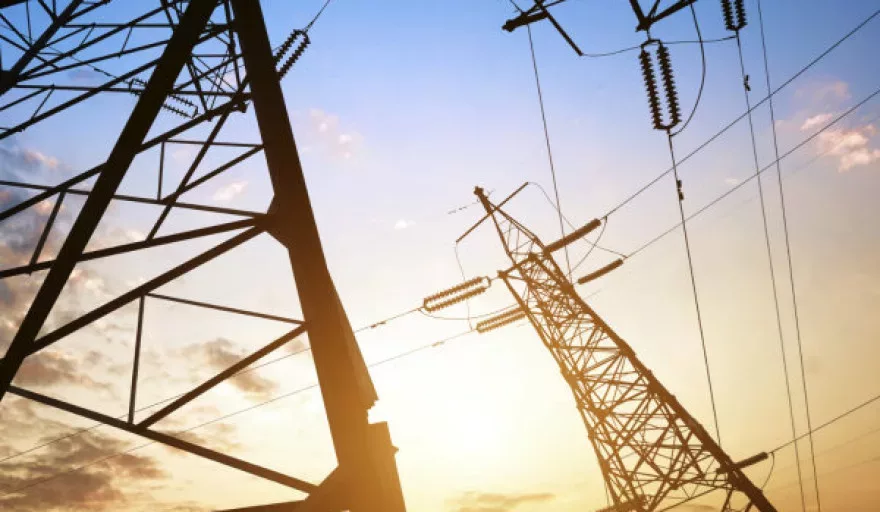THE FUTURE OF THE UK ENERGY LANDSCAPE
The UK has the ability to develop and deliver vast quantities of distributed generation that can complement the generation mix and serve to reduce overall costs to the end consumers. Distributed generation, along with all demand management and STOR programmes, crowdsources the spare capacity – whether by reducing demand so that capacity is freed up for more critical uses, or by contributing extra power to meet demand.
This plays into the smart grid revolution and making our networks smarter and more active than passive, using our existing distribution networks and capacity more wisely instead of building bigger more expensive and less efficient networks.
Distributed generation has a significant part to play in this over the coming years and will change the large utility model which has historically dominated the UK energy market.
National Grid forecast an increase in STOR requirement to 4 GW (mid case) and 7 GW (high case) per annum by 2020. This is due to an unprecedented rate of expansion of intermittent renewable generation (particularly wind), resulting in the retirement of mid-merit coal and gas plants.
In the first half of 2013 renewable sources produced 10.3 terawatt-hours (TWh) of electricity, according to figures from DECC. However, the variable or intermittent nature of renewable energy requires more firm capacity to be available on a stand-by basis to cover shortfalls in renewable energy production.
Driven by cost reductions, government incentives, and rising interest in replacing fossil-fuel sources of energy, the global market for distributed electricity generation is expanding at a rapid pace as a result. According to a recent report from Navigant Research, the worldwide installed capacity of distributed generation is expected to more than double in the next nine years, growing from 87.3 GW annually in 2014 to more than 165 GW in 2023.
Distributed generators are helping to both increase supply and reduce demand at peak times with a portfolio of small-scale power generation, demand management and STOR programmes.
Such services are available from companies such as UK Power Reserve. The company has built up widely distributed networks of small-scale power generation assets, and works with thousands of companies throughout the country to contribute to grid balancing too, either through STOR or demand management.
Moreover, these sites are flexible and can produce just as much or little power as needed, where it is needed, making it a more cost-effective and low-carbon option than bringing online large power stations to meet the shortfall. This makes it an ideal solution to the question of how to mind the gap this winter.

































